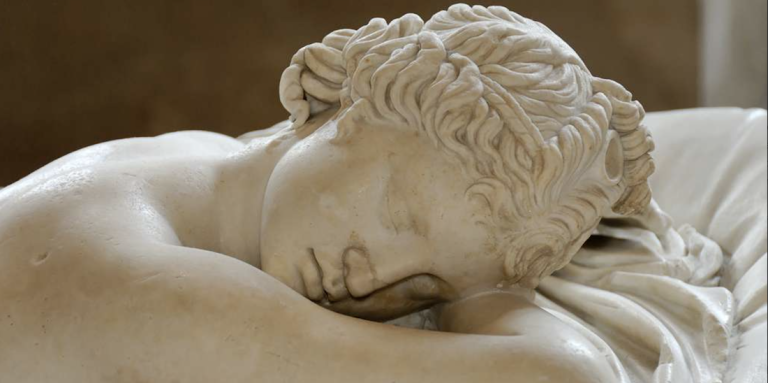
LGBTQ+ Art History. The contributions, representations, and experiences of lesbian, gay, bisexual, transgender, and queer artists throughout human creative expression. While often marginalized or deliberately obscured in traditional art historical narratives, LGBTQ+ artists have profoundly shaped artistic movements across cultures and centuries.
From ancient Greek vase paintings depicting same-sex relationships to contemporary explorations of gender fluidity, LGBTQ+ Art History reveals how queerness has consistently influenced visual culture despite societal restrictions. The study of LGBTQ+ Art History gained significant academic traction in the 1980s alongside queer theory’s development, fostering reexamination of canonical works through new interpretive lenses.
Historically, LGBTQ+ Art History identifies coded visual languages artists employed to express their identities during periods of persecution. Works by Leonardo da Vinci (b. 1452) showed subtle homoeroticism, while Michelangelo Buonarroti (b. 1475) infused his male figures with sensual appreciation.
The nineteenth century saw Rosa Bonheur (b. 1822), who obtained police permission to wear men’s clothing, create groundbreaking animal paintings that challenged gender norms. Meanwhile, photographer F. Holland Day (b. 1864) produced homoerotic imagery under the guise of academic studies.
The early twentieth century witnessed emerging modern movements embracing queer perspectives. The Bloomsbury Group included artists like Duncan Grant (b. 1885), whose work reflected his sexuality within an accepting artistic circle. In Paris, photographer Berenice Abbott (b. 1898) documented bohemian queer culture while Romaine Brooks (b. 1874) painted stylish androgynous portraits. Following World War II, Andy Warhol (b. 1928) revolutionized American art with camp aesthetics and celebrity fascination rooted in queer sensibilities.
The post-Stonewall era marked a watershed moment for LGBTQ+ Art History. Artists explicitly addressed their identities amid activism and the AIDS crisis. Photographer Robert Mapplethorpe (b. 1946) confronted viewers with highly stylized homoerotic imagery, while Keith Haring (b. 1958) combined accessible street art with politically charged messages about gay liberation and AIDS awareness. David Wojnarowicz (b. 1954) created multimedia works documenting his experiences as a gay man during the epidemic, challenging institutional indifference.
Contemporary LGBTQ+ Art History encompasses diverse perspectives examining intersectionality. Catherine Opie (b. 1961) photographs queer communities with formal portraiture techniques, elevating marginalized subjects. Wu Tsang (b. 1982) explores transgender experiences through film and installation, while Kehinde Wiley (b. 1977) reimagines Old Master paintings with young Black men in poses traditionally reserved for nobility. The expansion of digital media has democratized queer artistic expression, allowing previously unheard voices to contribute to LGBTQ+ Art History.
Museums increasingly recognize their responsibility to represent LGBTQ+ Art History. Major exhibitions like the Metropolitan Museum‘s “Camp: Notes on Fashion” (2019) and Tate Britain’s “Queer British Art 1861-1967” (2017) indicate institutional shifts toward acknowledging queer contributions to visual culture.
Nevertheless, scholars continue to grapple with ethical questions about retroactively labeling historical figures and works within contemporary identity frameworks. The ongoing development of LGBTQ+ Art History remains vital to comprehending art’s full cultural significance across time.